Climate change is no longer a distant threat! It is a pressing reality that demands immediate action. Rising temperatures, storms, floods, and other intense extreme weather events are just a few of the disastrous consequences we are already experiencing.
The United Nations Intergovernmental Panel on Climate Change (IPCC) has also warned that the world is running out of time to prevent catastrophic climate change and global warming.
“Humanity is on thin ice and that ice is melting really fast,” said UN Secretary-General António Guterres in the recent IPCC report. He warned that the global temperature is on track to exceed the 1.5 °C limit. This temperature limit is what many countries have agreed upon to ensure the safety of future generations.
The need for climate change mitigation efforts has never been more critical than now. That’s why we have compiled this ultimate guide to climate change mitigation. This guide will give you all the necessary information to impact and contribute to a greener tomorrow.
Climate Change Mitigation Definition
Let’s start with some basic concepts. Climate change mitigation refers to the actions we take to reduce or prevent the emission of greenhouse gasses (GHGs). These gases, like carbon dioxide (CO2), trap heat in the atmosphere and contribute to global warming and climate change. It simply means to prevent more damage from happening in the future.
See Related: Why Should We Care About Climate Change?
What is The Difference Between Climate Change Mitigation and Adaptation
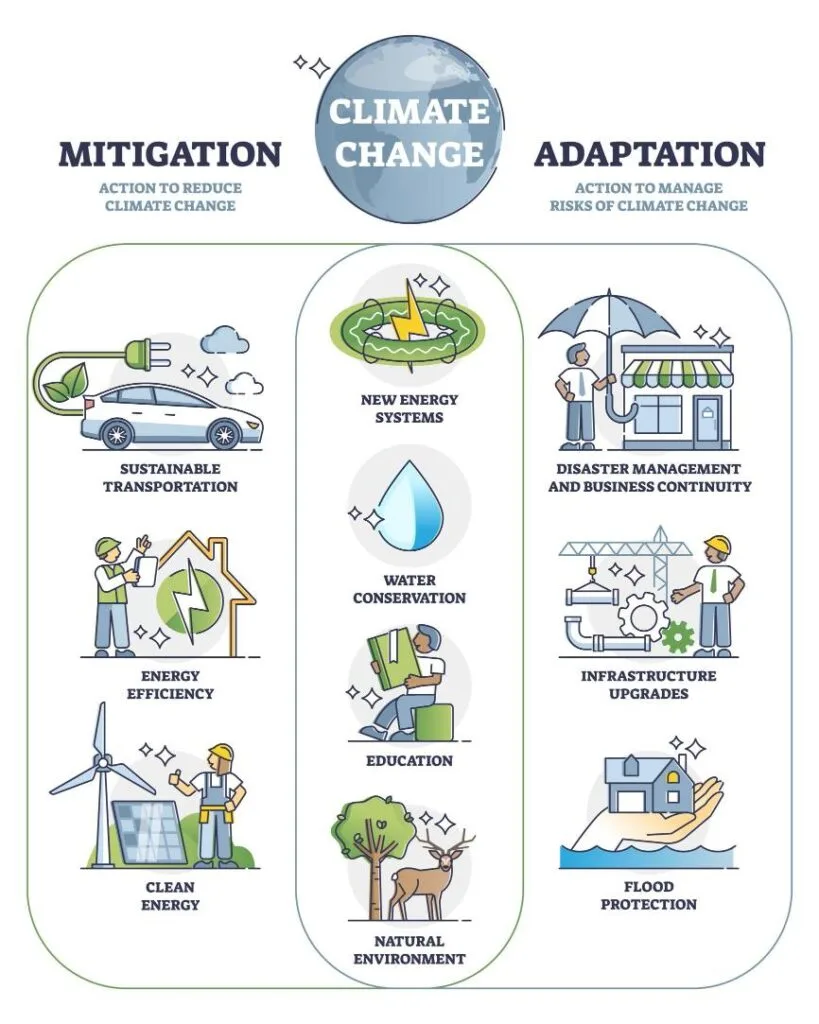
Mitigation and adaptation are two different approaches to address the impacts of climate change. However, they differ in their focus. Let me break it down for you to have a better understanding:
Climate Change Mitigation
- Describes actions that deal with the root causes of global warming and climate change.
- Involves actions like using cleaner sources of energy (like wind or solar power), reducing or preventing greenhouse gas emissions, and adopting sustainable practices (like recycling).
- The goal here is to stop or slow down global warming by addressing the root causes that lead to climate change.
Climate Change Adaptation
- Describes actions that deal with the impacts of climate change that are already happening or are expected to happen in the future.
- Involves making changes to cope with these impacts and become more resilient. For instance, building flood defenses in vulnerable areas, developing drought-resistant crop varieties, etc.
- The goal here is to prepare ourselves and the environment for the changes that are already occurring or are expected to occur due to climate change.
In essence, mitigation is all about doing things that help prevent further global warming and its harmful effects on the planet. On the other hand, adaptation is about accepting that a changing climate is likely or inevitable and finding ways to live with it.
See Related: How Much Does the United States Depend on Fossil Fuels?
Recent Global Warming Statistics and Research Findings
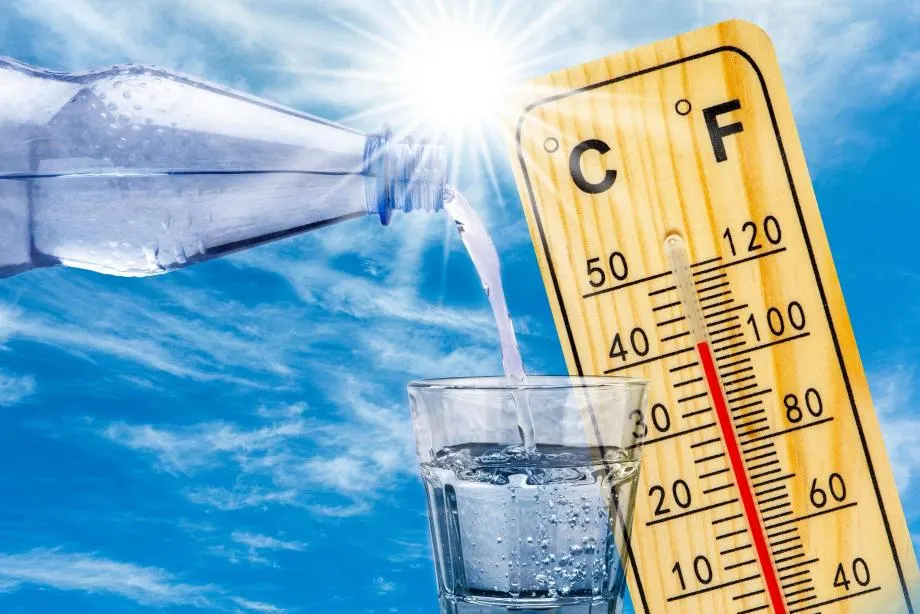
The average global temperature has increased by 1.1°C since pre-industrial times, according to the temperature analysis led by scientists at NASA. The main causes of global warming include:
- Burning of fossil fuels like oil, coal, and natural gas
- Cutting down forests and land-use changes
- Industrial processes that emit large amounts of greenhouse gases
- Agricultural practices, particularly large-scale livestock production
Unfortunately, progress toward the Paris Agreement target of limiting global warming to 1.5°C above pre-industrial levels by 2030 is not on track. Even worse, the global temperature is actually projected to increase by 3-4°C by the end of this century if no immediate action is taken to cut heat-trapping greenhouse gas emissions.
The Earth’s temperature has been rising consistently for the last few years, causing extreme weather events, such as heatwaves, hurricanes, rapid melting of glaciers, and floods. Thanks to these events, the global sea level has risen by about 21-24 cm since the late 1800s.
According to IPCC, if these events continue, the global sea level will rise by another 30-60 cm by 2100. Sadly, the United States is the second world leader (after China) in global warming pollution, producing about 13% of all global CO2 emissions. We must help drive the world to a cleaner, safer, and greener future.
See Related: Which Energy Source Generates the Least Greenhouse Gases?
Strategies for Climate Change Mitigation
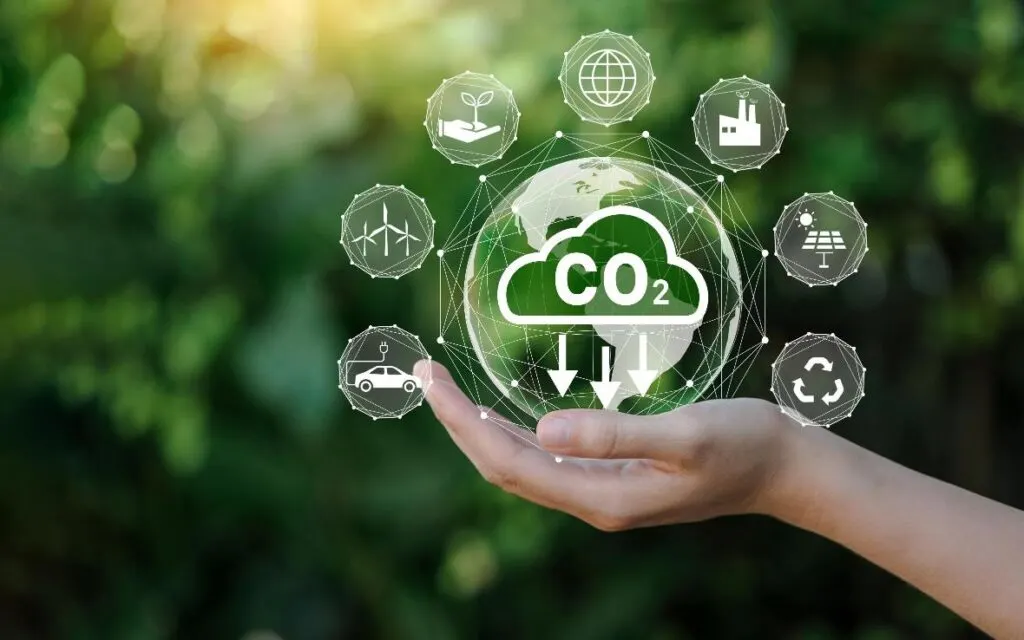
Experts have developed various climate change mitigation strategies to avoid the worsening effects of climate change. Here are a few of them:
Transition From Fossil Fuels To Renewable Energy Sources
One of the most effective ways to mitigate climate change is to reduce our dependence on fossil fuels and transition to renewable energy sources. About 90% of carbon dioxide emissions and 75% of global greenhouse gas emissions are caused by the burning of fossil fuels. Among them, coal is the deadliest fossil fuel for global warming. It, alone, is responsible for over 0.3°C of the 1°C increase in global average temperatures.
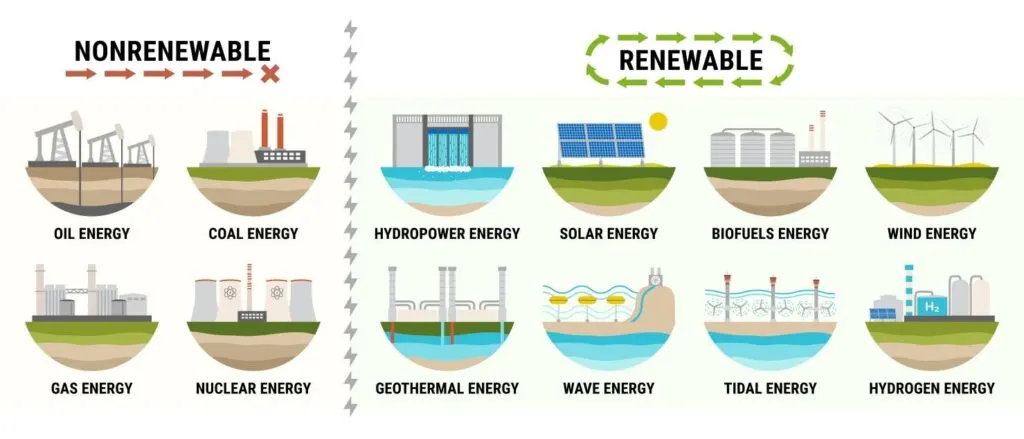
Renewable energy, such as solar and wind power, releases little to no GHGs during operation. This makes it an environmentally friendly alternative to fossil fuel consumption.
Over the last few decades, many countries have significantly progressed in transitioning to renewable energy sources.
Case Studies and Success Stories
- China has become the world leader in using hydropower energy. In the last twenty years, China has built many big hydroelectric dams that generate over 13 exajoules of electricity.
- Sweden has also emerged as a leader in renewable energy. Nearly 54% of its energy comes from renewable sources, such as hydropower, wind, and bioenergy.
- Costa Rica has also achieved impressive milestones in renewable energy. It relies on hydropower, geothermal, wind, and solar energy to meet about 98% of its electricity demand.
- Iceland generates almost 100% of its electricity by using geothermal and hydropower. Now, this is called real progress towards a net-zero emission goal!
- In 2022, wind and solar power generation capacity in the USA also increased significantly. Over 56.1 gigawatts of new utility-scale electricity generation capacity will be added to the U.S. power grid in 2023. This is by far the largest amount of new capacity added since 2002.
See Related: Solar vs Wind Energy: What’s the Difference?
Energy Efficiency
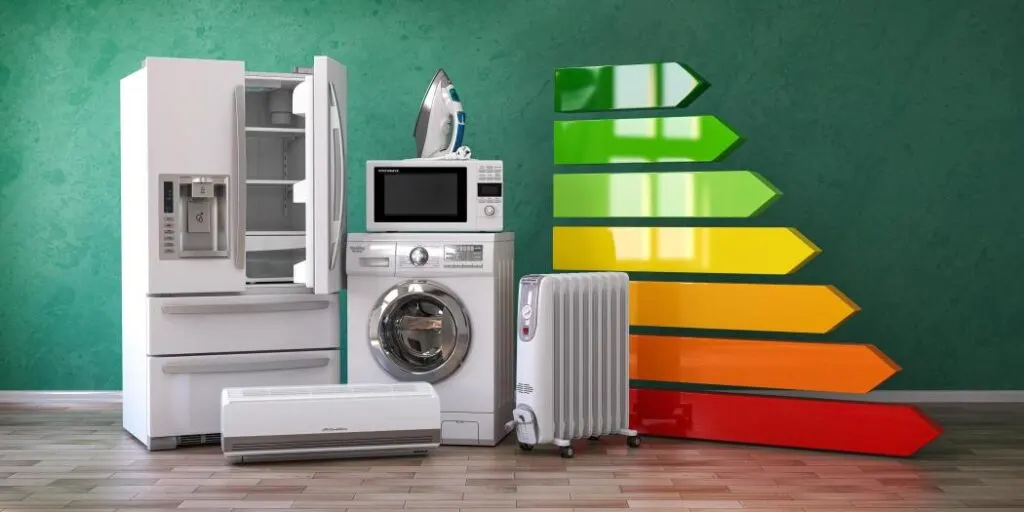
Energy efficiency is a powerful tool to reduce heat-trapping greenhouse gases in the atmosphere. This includes improving insulation, using energy-efficient appliances, and promoting sustainable public transportation systems.
When we make our buildings, appliances, and transportation systems more efficient, we use less energy but still get the same energy services. This leads to a reduction in our energy demand and a decrease in the need to burn fossil fuels. This ultimately lowers the emission of greenhouse gasses linked to the burning of fossil fuels.
The International Energy Agency (IEA) estimates that using less energy efficiently can help cut down over 40% of the emissions we need to reduce by 2040.
Case Studies and Success Stories
- RDH, a building services company, upgraded the windows on two residential towers in British Columbia, Canada. They replaced the old single-glazed aluminum windows with modern, high-performance windows. This led to big improvements in thermal performance and air-tightness. As a result, the buildings saw up to a 30% reduction in gas consumption for heating.
- Four schools in South West England used the Aspect software to track how much energy their buildings were used in real-time. This tracking software helped them find areas where too much energy was being used and opportunities for savings. They found problems like pumps that were always on, boilers starting too early, and a water leak. Fixing these issues saved them 17% on energy costs and 6% on water usage yearly.
- Since 2009, Singapore’s Building and Construction Authority (BCA) has built over 18 zero-energy buildings. These buildings use several innovative energy-efficient technologies to limit their energy demands. For instance, solar panels, smart lighting control, BIPVs, natural ventilation systems, and more. These buildings also only use the amount of energy they produce, making their energy consumption net zero.
See Related: Best Home Energy Saving Products
Sustainable Transportation
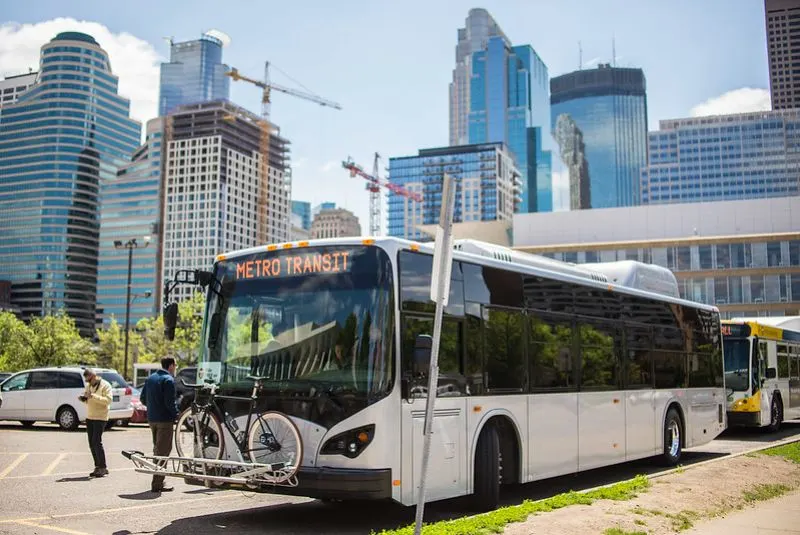
Transportation is a major contributor to greenhouse gas emissions, making up around 20% of all global GHG emissions. In the USA alone, around 29% of total U.S. greenhouse gas emissions come from transportation. Let me break it down for you.
When we drive cars, ride buses, or fly on planes, we burn fossil fuels such as gasoline, diesel, and jet fuel. These fuels contain carbon, which combines with oxygen when burned, producing carbon dioxide (CO2). And we all know CO2 is one of the major GHGs that trap atmospheric heat.
Transportation activities (e.g., production and distribution of fuels) also contribute to global warming. For example, more GHGs are released into the atmosphere when we extract and refine fossil fuels. Transporting them to gas stations and airports also uses energy and emits GHG emissions.
Thus, promoting sustainable transportation alternatives is crucial to reduce GHG emissions—for instance, public transportation use, walking and cycling, and changing to electric vehicles.
Case Studies and Success Stories
- In the last few decades, the Netherlands has made tremendous efforts in promoting cycling instead of using cars. Today, the country is known for its extensive and well-connected cycling infrastructure. With dedicated bicycle lanes and parking facilities, it has created a cycling culture. In fact, nearly 27% of all trips in the country are made by bicycle, reducing the reliance on cars and lowering GHG emissions.
- China has also made significant progress in promoting electric vehicles (EVs). It is now the largest market for EVs, with over 5 million electric cars sold in 2022 alone. The Chinese government has implemented policies and incentives to encourage the adoption of EVs. These include subsidies and charging infrastructure development.
See Related: Eco-Friendly Tips for Sustainable Living
Afforestation and Reforestation
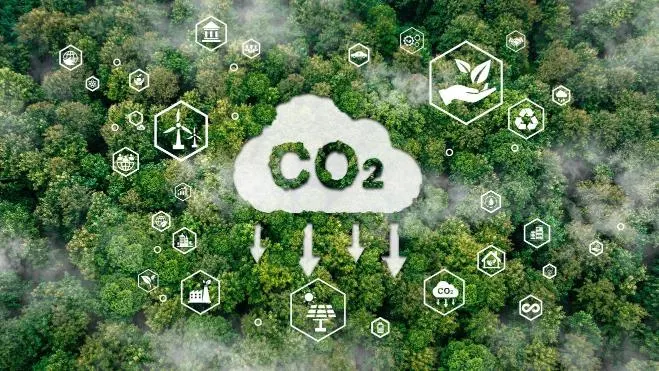
Forests are vital in mitigating climate change by acting as carbon sinks. They absorb and store a lot of carbon dioxide from the atmosphere within them.
Each year, forests are estimated to remove over 7 billion metric tons of carbon from the atmosphere. But when forests are cut down (deforestation), it adds to the climate crisis in three ways.
The machines that cut and process trees release emissions because they use fossil fuels. When trees are cut down, they can no longer use carbon dioxide for photosynthesis. This means there’s less opportunity for the Earth to absorb and remove the excess carbon emissions.
Lastly, when forests are cleared or destroyed, all the stored carbon dioxide in the trees is released into the atmosphere, making climate change even worse.
Deforestation and forest degradation account for roughly 12-20% of global greenhouse emissions yearly. Thus, it is important to take some action against cutting down trees.

Initiatives such as afforestation (planting trees in areas where there were none) and reforestation (replanting trees in deforested areas) can help fight climate change. These new trees will absorb and store carbon dioxide, reducing the amount of CO2 emissions in the air.
Case Studies and Success Stories:
- The One Trillion Trees Initiative by the World Economic Forum has made a big difference in fighting climate change. Since 2020, they have planted and regrown over 13 billion trees and restored 20.8 million hectares of forest landscapes.
- The Bonn Challenge is another great global restoration effort. It aims to restore 350 million hectares of deforested and degraded land by 2030. Since 2011, the combined efforts of world leaders have restored over 200 million hectares of deforested land.
- Brazil’s Amazon Fund is also helping to restore the Amazon rainforest. They raise money and work with communities to plant trees and restore lost forests. So far, they have been successful in restoring many hectares of forest.
See Related: Animals That Have Gone Extinct Due to Deforestation
Sustainable Agriculture and Land Use
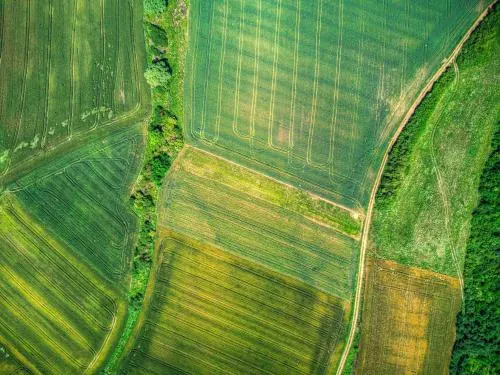
Our next climate change mitigation strategy is also partly linked to deforestation. As our population is increasing rapidly, so is the demand for food and shelter.
Many forests are being cut to make space for farming and residential use. As a result, there’s less opportunity for the Earth to absorb and remove the excess carbon emissions from the atmosphere.
Livestock farming, like raising cows, also affects the climate. Cows and other animals release a greenhouse gas called methane when they digest food. Animal waste on big farms can also produce methane.
Furthermore, farmers often use fertilizers to help their crops grow. But these fertilizers release a gas called nitrous oxide, which is another powerful greenhouse gas. Again, making these fertilizers also needs a lot of energy, usually from burning fossil fuels. This releases even more greenhouse gases into the air.
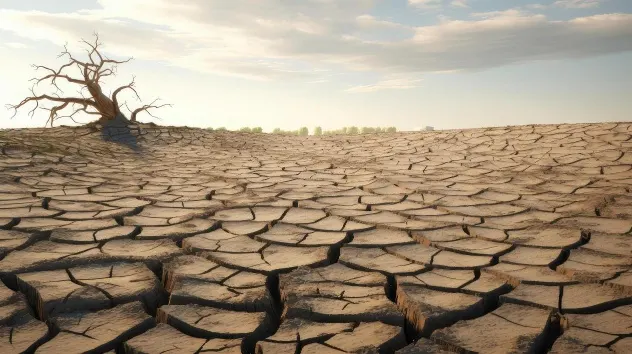
Lastly, unsustainable land use practices lead to soil degradation. For instance, overgrazing, excessive tilling, and improper irrigation. This degrades the soil’s ability to store carbon, releasing stored carbon back into the atmosphere as CO2. So, degraded soils contribute to climate change by reducing the natural carbon sinks.
Agriculture and land use change account for roughly 24% of global greenhouse emissions yearly. And over 11% of greenhouse gas emissions in the USA come from agriculture. Thus, it is important to promote sustainable agricultural practices and land use.
Case Studies and Success Stories
- In Malawi, many farmers have started using agroforestry practices. They are now planting trees and shrubs with crops and livestock. This approach has helped them restore degraded land, increase soil fertility, and provide shade and windbreaks.
- The USA and the United Arab Emirates have also teamed up to launch a new project called the Agriculture Innovation Mission for Climate. This project aims to make agriculture more sustainable by investing in research and development. They will develop new technologies and methods that reduce GHG emissions and store more carbon in farmlands.
See Related: What Are The Effects of Overharvesting?
Carbon Pricing
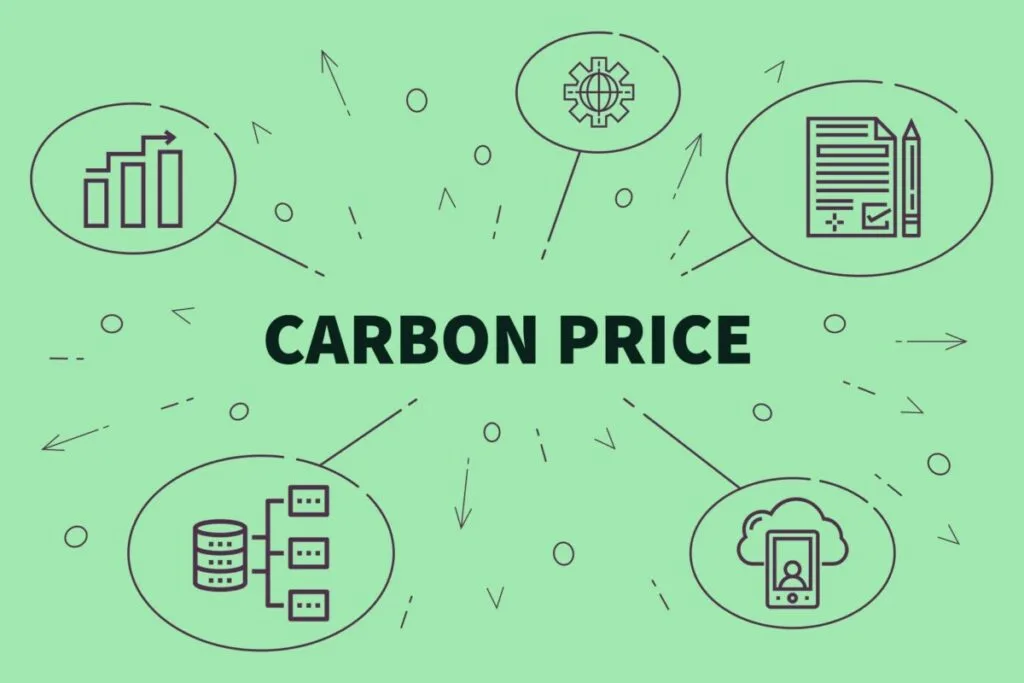
Carbon pricing refers to a market-based strategy to mitigate climate change. It aims to reduce GHG emissions by placing a financial cost on the release of greenhouse gases into the atmosphere.
The main idea behind carbon pricing is to create economic incentives for companies or industries to reduce their GHG emissions. Also, transition to cleaner and more sustainable energy sources. There are two primary mechanisms for implementing carbon pricing:
- carbon taxes
- cap-and-trade systems.
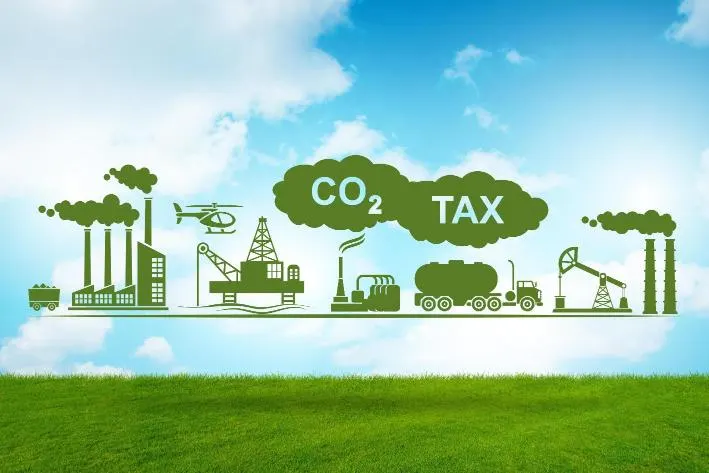
In a carbon tax system, companies or industries must pay a fee for each ton of carbon dioxide they emit. This encourages them to find ways to reduce their emissions to avoid or cut the cost. It also incentivizes industries to invest in cleaner technologies and practices.
A cap-and-trade system sets a limit or cap on the total carbon emissions allowed in a given period. Companies are then issued permits that allow them to emit a certain amount of carbon dioxide.
If they exceed their allotted emissions, they must either buy more permits from other companies that have emitted less than their limit or pay a penalty. This creates a market for carbon permits and encourages companies to reduce their emissions to save money.
Case Studies and Success Stories
- Sweden is one of the first countries to implement a carbon tax in 1991. The tax was initially set at around US$30 per ton of CO2, effectively reducing carbon dioxide emissions. Today, approximately 90% of the revenue generated from the carbon tax comes from the consumption of gasoline and motor diesel.
- The European Union’s Emissions Trading System (EU ETS) is the world’s first and biggest cap-and-trade program. It covers various industries, such as power generation, aviation, and manufacturing. ETS makes companies accountable for their carbon usage by giving them a set number of allowances. If they go over, they have to buy more, but if they have leftovers, they can sell them. Since 2005, the EU ETS has helped reduce emissions from these industries by around 35%.
Related Resources
- Is It too Late to Stop Climate Change? Fast Facts to Know
- Best Solutions to Climate Change
- Best Climate Change Jobs Around the World


